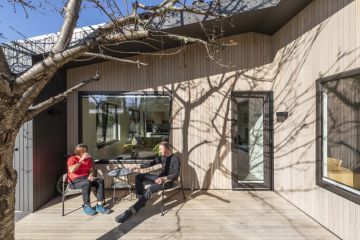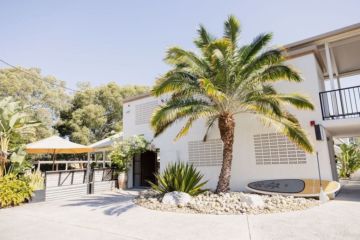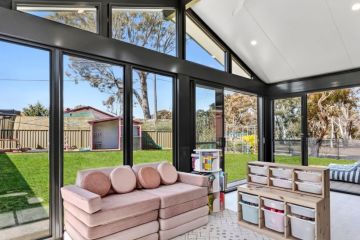ACT budget analysis: How charges, taxes and more will affect the property sector

Analysis of the Barr budget has left property sector leaders perplexed on one fee increase that directly contradicts the government’s policies and hammers mum and dad developers.
A 300 per cent increase in the lease variation charge means a developer on a dual occupancy will now pay $30,000 a home – up from $7500.
Lease variation charges
Executive director Kirk Coningham, of the ACT Master Builders’ Association, says the sector was blindsided by the dramatic increase that appeared without any consultation.
“I only learned of it in the budget lock-up,” he says.
“I’m not sure they’ve thought this through. It sounds like Treasury thinks the property sector is a bit like a bank and can afford to absorb all sorts of charges.
“It’s the mum and dad and other small developers who are going to be hit hardest by this increase.” .
Coningham cites an example where a downsizing couple might buy a dual occupancy block with the intention for them to occupy one half and another family member the other.
“This has now increased the cost of that proposition by $45,000 – that could well make the cost of a development non-viable,” he says.
“This move flies in the face of the government’s commitment to densification and land in-fill.”
His concerns on the LVC were echoed by the Property Council of Australia.
ACT executive director Adina Cirson says she is also very disappointed to see an increase in the LVC, estimated to raise $3 million a year over four years.
“This increased charge is without the benefit of an announced reform of the LVC,” she says.
“We hope a reform will see deferred payment of LVC until the end of a project, remissions for conversion of tired office stock and further simplification of the charging schedules.”
Vacancy tax
Chief Domain economist Dr Andrew Wilson says Canberra’s overall property outlook remains strong.
“Prices have increased significantly over 12 months, the rental market is tight and the yields are very solid,” he says.
“I can’t see any particular relief for first home buyers or for tenants in the medium-term.”
Wilson understands the rationale behind the extension of the so-called vacancy tax that aims to motivate investors to return more homes into the rental market.
“Any moves to increase available stock and to ease the rental market is positive,” he says.
From July 2018, land tax will be extended to all houses that are not the owner’s principal place of residence, whether they are rented or not.
This change, worth $2 million a year to the bottom line, is designed to increase the number of residential properties available for rent, and help lower living costs.
Housing affordability
This hot button in the Australian conversation largely flew under the radar in Barr budget, but its absence was noted by the property council.
“We want to see more done on housing affordability and are disappointed it did not feature as a key objective in the budget,” Cirson says.
“We are also disappointed that a move to tax owners of units $480 more a year if they are rented out, and runs counter to the government’s objectives to get more affordable rental product in the market.”
Public housing
Executive director of the ACT’s Housing Industry Association Greg Weller says he is encouraged by the government’s commitment to public housing.
A big ticket item for 2017-18 will be the replacement of Red Hill public housing units with a large residential development that will also contribute to the government’s shedding of deteriorating public housing infrastructure.
“The types of projects are great initiatives,” he says. “They create jobs and lead to a significant upgrade in this type of stock.
“It’s important to note the role of new infrastructure in the budget as that, too, supports the development of new housing.”
At a glance
- Rates: House owners will face an average increase in their rates bill of $159, or 7 per cent, to $2295. Owners of units, including apartments and dual occupancies, will pay an average $217 more, or 19 per cent, to $1352. About one-third of Canberra’s 150,000 homes are units. From July 1, rating factors will be applied to the higher value base on the whole value of land, rather than the lower value base of the individual value of the unit.
- Land tax: Investment property owners will pay an average of $433 more a year in land tax and unit owners will bear an increase average of $642.
- Stamp duty: Stamp duty on new properties will be cut. For a house worth $700,000, stamp duty will be cut by $1100, to $22,360.
- Early bird discounts: Upfront rates payment discount cut to just 1 per cent.
- Fire and emergency services levy: An increase of $42 a household from $252 up to $294.
- Building levy: An increase in the building levy will raise $2.2 million to spend on better policing of new buildings, after a string of problems with defective apartments.
We recommend
States
Capital Cities
Capital Cities - Rentals
Popular Areas
Allhomes
More







